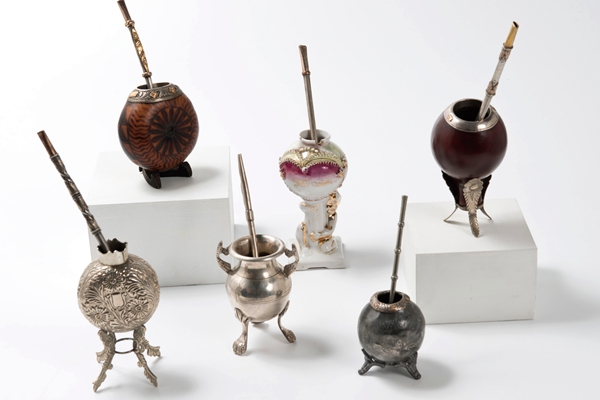
Container of Mate Tea (18th century to the present)
Uruguay, in the local indigenous language means "rivers with flying colorful birds, is an ardent country separated from China by oceans and its distant horizons are covered with mystery through our imagination and speculation. The year of 2018 marks the 30th anniversary of the establishment of diplomatic relations between the People's Republic of China and the Eastern Republic of Uruguay. The "Guarani Art Exhibition of Uruguay" co-organized by the National Art Museum of China, the Pre-Columbian Museum of Uruguay and the Uruguayan Embassy in China was held at the China Art Museum from April 20th to May 5th, demonstrating Uruguay's diverse, long history and unique civilization via multiple dimensions.
The exhibition mainly shows Guarani art of Uruguay since the 17thcentury. The Guarani were the main group of indigenous people who lived in South America before the establishment of colonial rule in South America in the 15th century by Spain and Portugal. Today they are distributed throughout Uruguay, Paraguay, Brazil, and Argentina.Guaraní is the most important indigenous group in Uruguay. As the major part of Uruguay’s population today, it is the only ethnic group in the country that currently retains its indigenous customs. They are good at making arts and crafts, conveying their plain primitive beliefs through simple handmade products.
Exquisite and unique colored wooden pillars, colorful baskets decorated with geometric patterns, necklaces made of pumpkins, seeds and feathers, leather sculptures with unique shapes and national characteristics...The exhibition is divided into such three parts as the Guarani Baroque art, the Umbra Mbia-Guarani people's folk art, and Uruguay's contemporary folk art, bringing together 158 pieces (sets) of Guarani handicrafts of the group from Uruguayan national museum, private collectors, institutions, tradesmen, and Mbia-Guarani groups, including 18 Baroque-Guarani style sculptures, 12 Mate tea sets, and 43 pieces of traditional Mbia-Guarani folk art works (sets), 85 pieces (sets) of Uruguay contemporary folk art (including daily necessities, clothing and accessories, etc.), displaying Guarani folk art tradition and its contemporary transformation in a threedimensional manner.
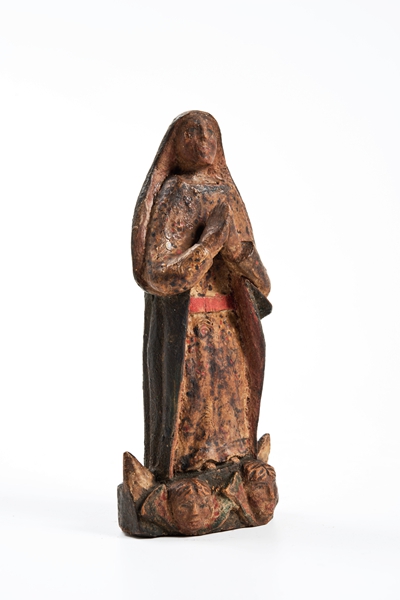
Madonna with children (18th century colored woodcarving)
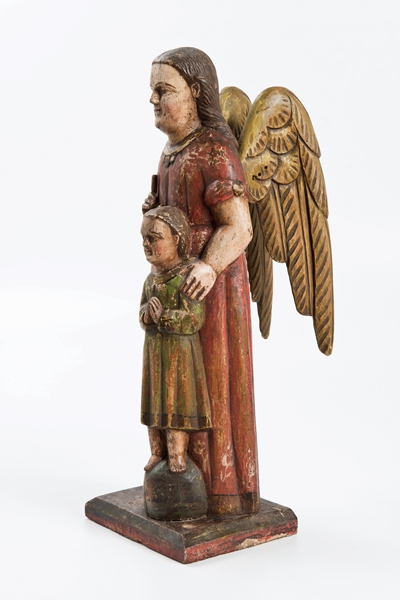
Guardian angel (18th century colored woodcarving)
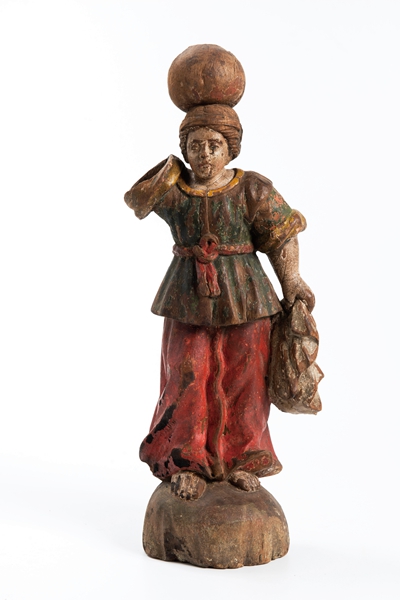
Laundry woman (18th century colored wood carving)
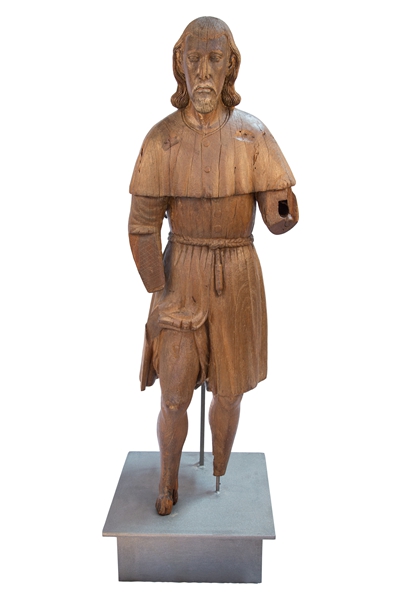
Saint-Roch(17th to 18th century colored woodcarving)
Influenced by European missionaries, Guaraní has created a large number of religious figures with distinctive Guarani aesthetic styles, known as the Guarani Baroque style. However, with the decline of the Jesuits in the mid-18th century, the wooden sculptures used for demonstrations and festival celebrations were also destroyed and abandoned, showing most few existence in numbers worldwide, which can be found only at museums and some Guarani families occasionally.
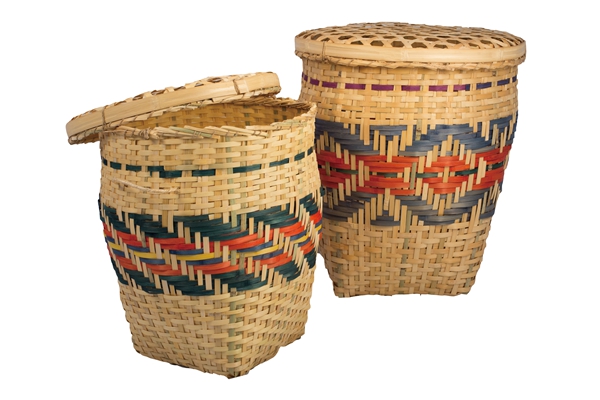
Large basket (2017-2018 woven basket)
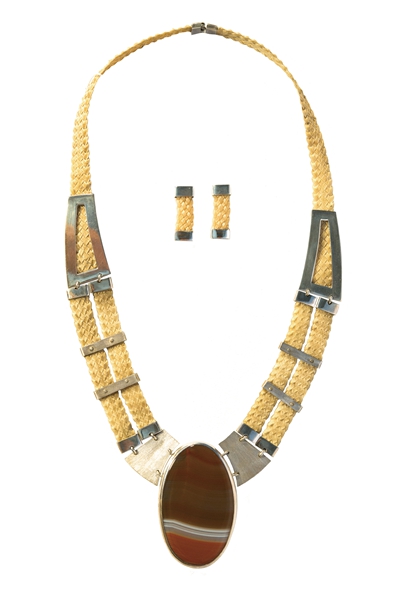
Necklace Earring Set (2008 Silver, Raw Leather and Stone)
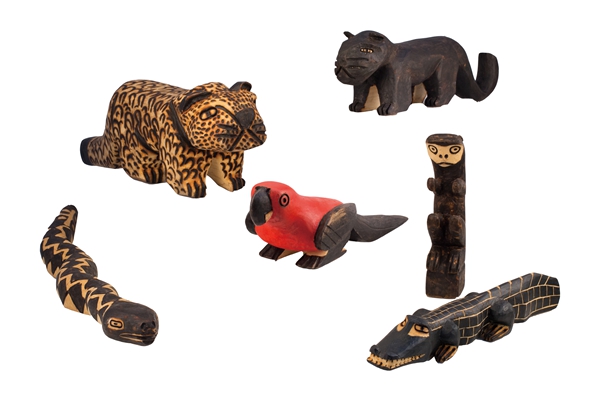
Handmade sculpture of Mbyaguarani: jaguar, jaguar, snake, parrot, monkey, caiman
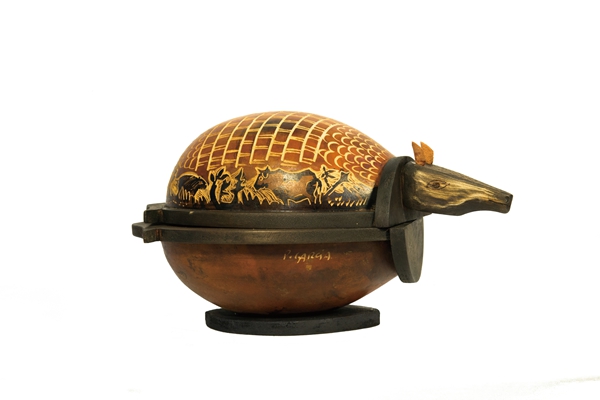
"Armadillo" box (2017 wood and pumpkin carving)
Mbia-Guarani is one of the existing Guarani aborigines in Uruguay. Their art illustrates comprehensive participation of these people. Men and women of all ages participate in the production of handmade products for a variety of daily activities, including ceremonial celebrations and trading. The exhibits by Mbia-Guarani people feature a wide range of hand-made products: decorated with exclusively-design woven baskets, lively cork-carved animals, such as jaguars, turtles, owls, toucans, and wind chimes, and necklaces amongst others.
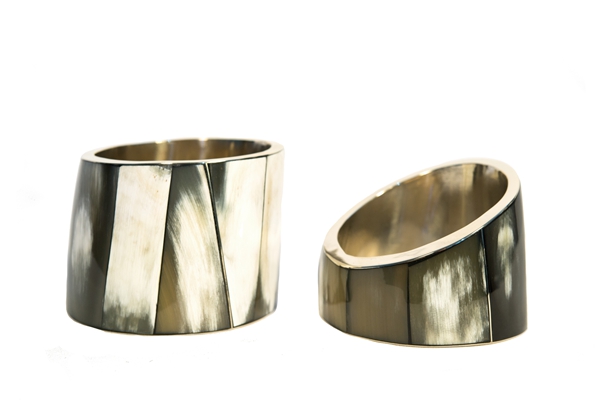
Two bracelets (2012 alpaca and horn jewelry)
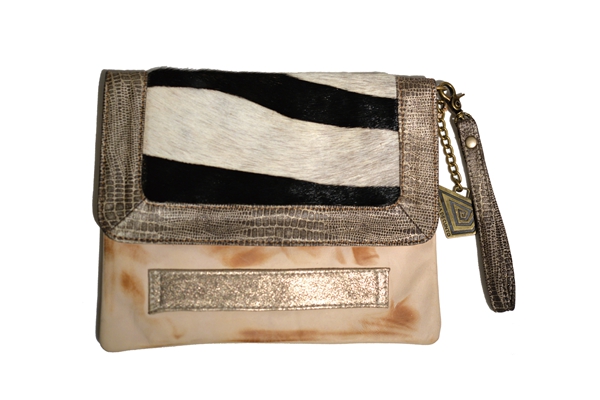
Splicing oil skin envelope bag (2017 leather)
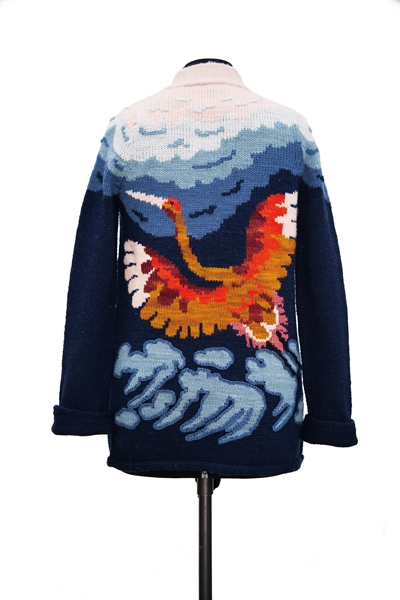
Coat "Sunset" (2017 wool textile dyeing)
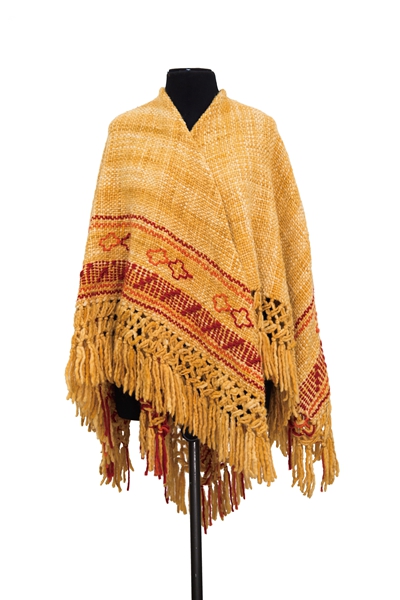
Wool coat "Emperor" (2018 wool, textile, dyeing)
Uruguay’s contemporary folk art has, to some extent, inherited the Baroque style of Guarani’s missionaries, and also followed the tradition of handmade in the region from the 16th to the 20th century. The hand-carved art exhibited at the event is very unique, particularly evident in materials and production processes. Its handmade products are made of wood bark, leather, pumpkin and metal as carriers, involving engraving, embossing, weaving, knitting and dyeing. They are representatives of contemporary Uruguayan pop art,winning great national craft prizes in various fields.














